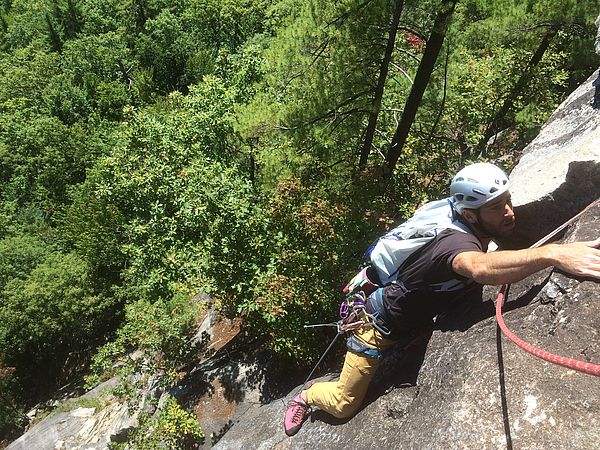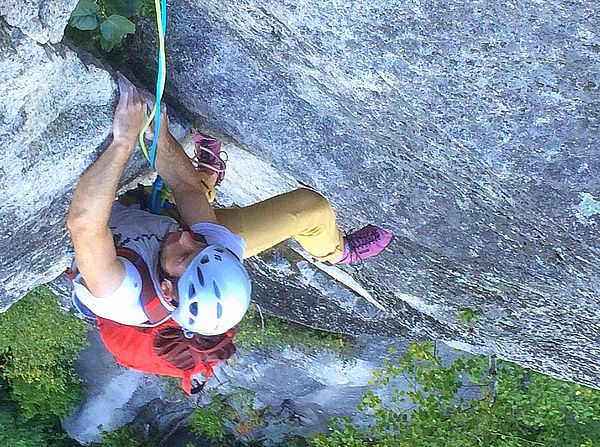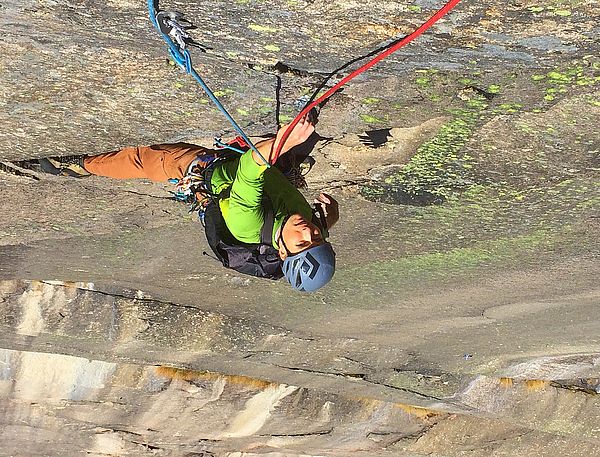From an article that appeared in the August 2014 issue of Climbing Magazine. Experience-driven tips and tricks for cooking in the alpine. Check out Climbing Magazine to view the complete on-line article with photos.
Stoves
Liquid-fuel stoves are the alpine workhorse, with greater functionality in extreme cold and at high altitudes—canister and alcohol stoves are generally better suited for smaller groups or solo missions below treeline. Plus, liquid-fuel stoves (e.g., MSR WhisperLite) are ideal for cooking for large groups, melting snow, and handling many sizes of pots and pans. They take a variety of liquid fuels, such as white gas, unleaded gasoline, kerosene, and jet fuel, and you can usually find at least one of these at your locale. (Check manufacturer’s instructions.) Canister stoves (e.g., Jetboil) are better suited for small teams and simple, just-add-water cooking scenarios, like freeze-dried food, and they use pressurized fuel canisters, which can be difficult to find off the beaten path.
Alpine Advice: When your canister is getting low in cold temps or at higher altitudes, squeeze extra life out of it by placing it in a pan of water. Fill a pan with warm water about 1 or 1.5 inches deep, and place the canister in the water while you’re cooking. These canisters cool as the gas burns, and the tepid water bath helps to keep it warm. Periodically replace the cooled water in the pan with warm water from the stove. Throw the canister in the bottom of your sleeping bag so it’s warm and ready to go at breakfast. For liquid stoves, build a stable work space for your fuel, stove, and prepping area. Removing the handle from a shovel and using the blade is a good option.
Prep
Climbing all day is hard enough, so don’t complicate things with intricate meals, and the only thing tougher than cooking in the alpine is cleaning. Just-add-water meals keep cooking and cleaning to a minimum.
Alpine Advice: Just-add-water meals are the easiest to pack, cook, and clean up, but pre-packaged freeze-dried options are expensive, hard to digest at altitude, and they are notorious for giving climbers gas—not the kind of challenge you want in a tiny tent. A good solution is to throw together your own instant meals, which will be suited to your personal tastes and just as easy to prep, cook, and clean. Think about options using instant soup mixes, dried mashed potatoes, ramen noodles, or stuffing. Deck them out nutritionally with nuts, dried fruits, vegetables, and proteins like tuna. Pre-package them at home in zippered sandwich bags so that you can just plop dinner in your bowl, add boiling water, relax, and enjoy. My favorite basic ingredient recipes are potatoes and stuffing (instant potatoes, textured veggie protein, gravy mix), the alpinisto (instant rice, dried refried beans, taco seasoning), and high-altitude Asian (ramen noodles, peanut butter, and soy sauce mix).
Cooking
Sometimes conditions are so bad out that you have to cook in your vestibule or tent, but way too many climbers have done this and sealed up the tent to preserve heat. Some of those climbers never got to eat their dinner. All stoves release carbon monoxide, a colorless, odorless, deadly gas. First you get sleepy, and then you never wake up. Make sure your tent doors and flaps are generously opened if you must cook inside your tent, and don’t let the hot stove get too close to your nylons (clothes, rope, sleeping bag, tent walls, etc.), which will melt like a candle if exposed to a small amount of heat. If you feel like the stove is warming your tent, you probably need more ventilation.
Alpine Advice: Altitude lowers boiling temperatures, which in turn, lengthens cook times—so if you cook your pasta the same as you do at home, get ready for a very al dente meal. Once you’re over 3,000 feet, boil times will need to be increased by at least two to three minutes; add another minute or two for each 1,000 feet over 3,000. Water evaporates faster, so cook with a tight-fitting lid and add a bit more water. Combine that with decreased stove efficiency at altitude, and this means packing more fuel. Liquid fuel: 3 ounces per person per day; 6 to 8 ounces per person per day when melting snow. Canister (only for non-melting situations): one 8-ounce canister is good for two people for four days.
Clean-Up
If you kept your cooking simple, the only things you’ll need to clean are your spork, a bowl, and maybe a cup. Don’t use soap; clean the pan with your spatula, and then use hot water from post-dinner drinks to get tough spots. For burned-on gunk, try steel wool and some gritty soil. Toss dishwater away from camp (really far away if there are bears!), and dispose of chunky stuff in a six-inch-deep cathole. When considering your own cook kit, think about the range of uses for each piece. Sure, a shallow plate might be nice for tortillas and beans, but what about a bowl of noodles? You can also streamline clean-up by minimizing items: Use something that can function as both a bowl and mug to save space, weight, and time. Also, consider ease of cleaning and sanitation. Find bowls and mugs with rounded edges so gunk doesn’t collect in hard-to-reach corners. For cleaning pots and bowls, pack a standard spatula for scraping. This minimizes the amount of water needed.
Alpine Advice: Water is the oil of the climbing machine, from a morning cup of coffee to the evening’s kitchen clean-up, but liquid water can be scarce in the alpine, so you’ve got to melt snow. Always save a small part of your day’s water to start your snow melting, otherwise you risk scorching the pot. Put the water in the pot, heat it at a low temperature, and slowly add more and more snow. Because snow acts like a sponge, make sure to add it very slowly or you’ll end up with no water and just a bunch of scorched snow in your pot. Converting snow into water is incredibly fuel intensive, so be vigilant about keeping the lid on and using a wind screen on liquid-fuel stoves, which will direct heat where it’s supposed to go.



